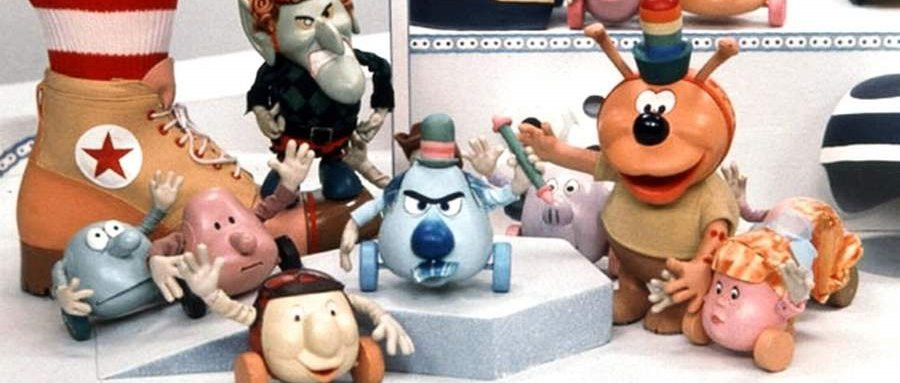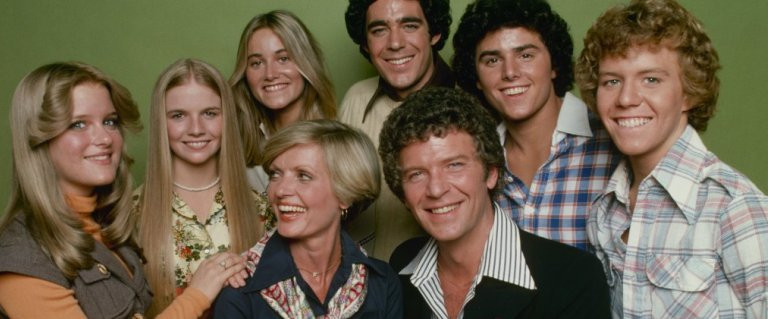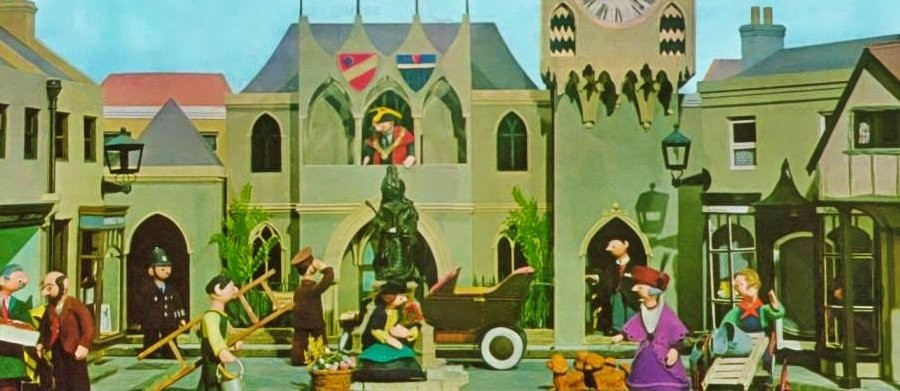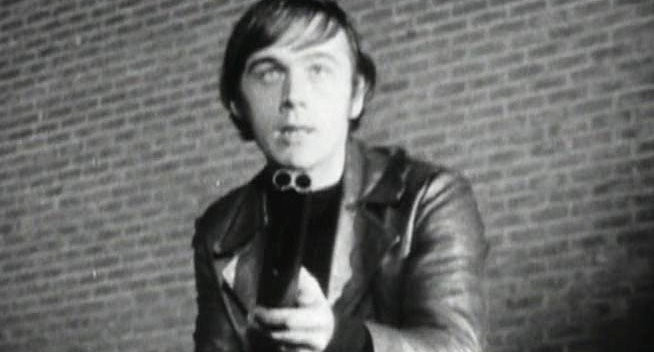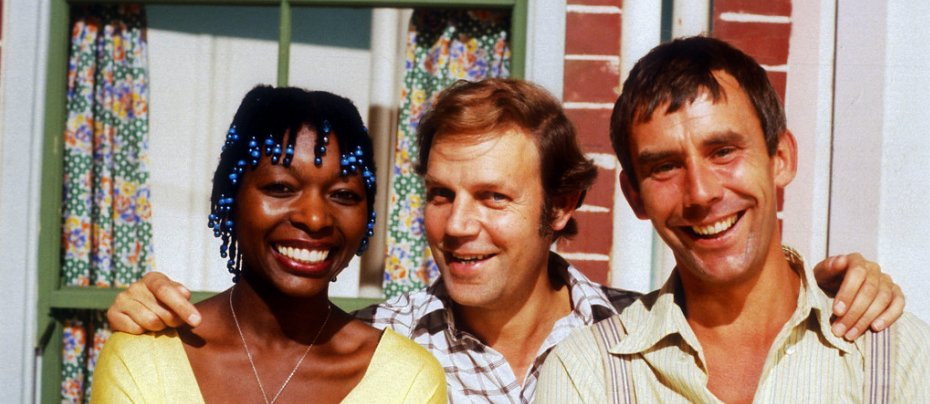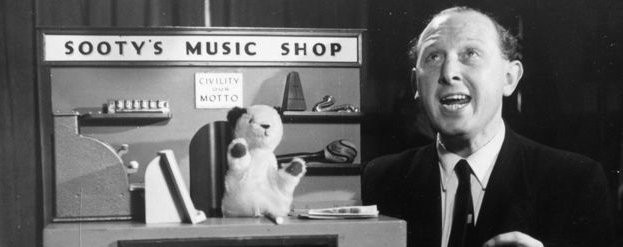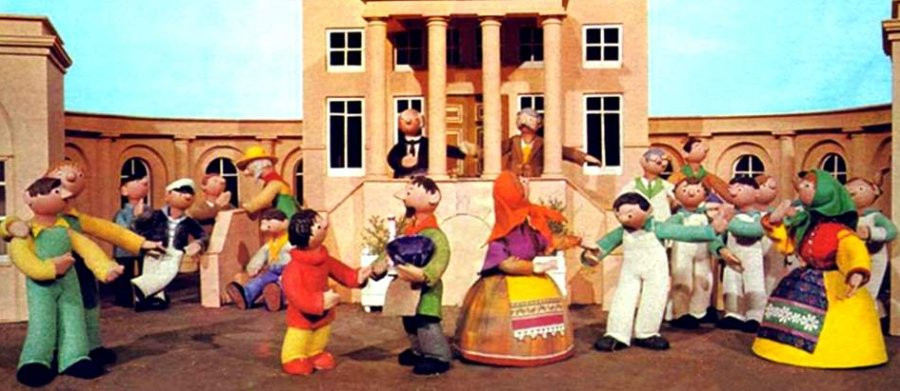
Chigley
1969 - United KingdomChigley, the third in the stop-motion animated Trumptonshire trilogy, is best summed up on the sleeve-notes of Come to Chigley, a long-playing record released on the budget label MFP (Music For Pleasure) in 1970 - written by Gordon Murray:
"Chigley is a tiny hamlet near Trumpton and Camberwick Green. But for Winkstead Hall, one could drive through it without noticing its existence.
Winkstead Hall is of course, the stately home of Lord Belborough. It is extremely difficult to run these days, so Lord Belborough has had to turn into a showman, like so many of his fellow peers.
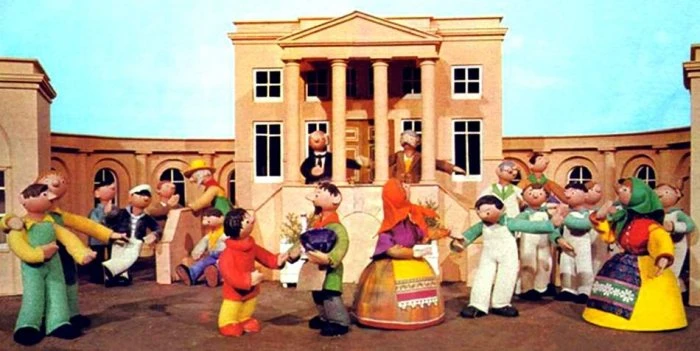
Bessie the steam railway engine is his Lordship's pride and joy. He bought up a disused Bluebell-line type railway, converted part of Winkstead Hall stables into an engine shed, and rerouted the track. The public enjoy rides from Winkstead Hall, past the Pottery and Biscuit Factory to Treddle's Wharf, to be greeted by Mr Swallow, the wharfinger, who is always ready to demonstrate how quickly he can unload Mr Rumpling's barge.
Another favourite attraction is the Six o’clock Dance, held every evening in the grounds of Winkstead Hall. It is attended mainly by the factory workers from Mr. Cresswell's Biscuit Factory, who pour out of the factory when the six o'clock whistle blows. The music is provided by Lord Belborough, assisted by Mr. Brackett, the Winkstead Hall Butler, turning the handle of the Dutch organ."
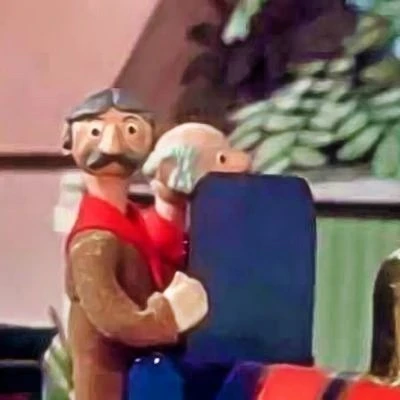
As in Camberwick Green and Trumpton, the action centres on a community in the fictitious county of Trumptonshire, with Chigley being the smallest. Series creator and writer Gordon Murray cryptically revealed that the three communities were based on real locations one and a half miles from each other at the corners of an equilateral triangle, although he never revealed where: "...their exact position must remain a mystery as disclosure could lead the actual places being inundated with tourists, something I couldn't bear to see happen". Others have since suggested they were Wivelsfield Green (Camberwick Green), Plumpton (Trumpton), and Chailey (Chigley), which are neighbouring communities in a roughly triangular configuration in East Sussex.

Like its two predecessors, Chigley had thirteen 15 minute episodes and was first broadcast on BBC 1 in the Watch With Mother slot from 6 October 1969. Camberwick had its village green and Trumpton its town square, but Chigley didn't have a central hub. Instead, Lord Belborough's private steam railway (which comprised a steam engine called Bessie, a tender and 3 seated wagons - there was also a stationary pump engine called Binnie) was used to link the other locations. As a result, the show featured many guest appearances by characters from the previous two series, which allowed the makers the luxury and cost saving strategy of re-using many of the puppets, which were approximately six or eight inches tall (depending on the source) and were made on simple aluminium wire skeletons with ping pong balls for the heads and clothing made out of foam latex. Unfortunately, in the 1980s the material used began to disintegrate until when they were barely able to hold together, they were cremated in a back garden bonfire along with all of the sets.
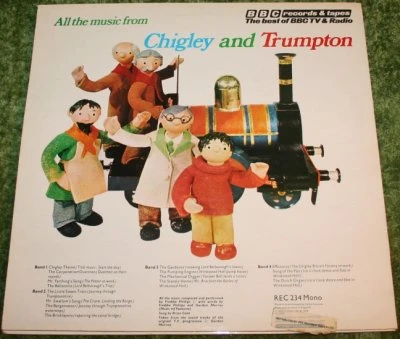
It's fair to say that Chigley is the least popular of the trilogy and when talking about the work of Gordon Murray it's Camberwick Green and Trumpton that are most referred to. Sadly, as far as Trumptonshire is concerned, Chigley was the end of the line.
Seen this show? How do you rate it?
Seen this show? How do you rate it?
Published on April 26th, 2021. Written by Marc Saul for Television Heaven.


